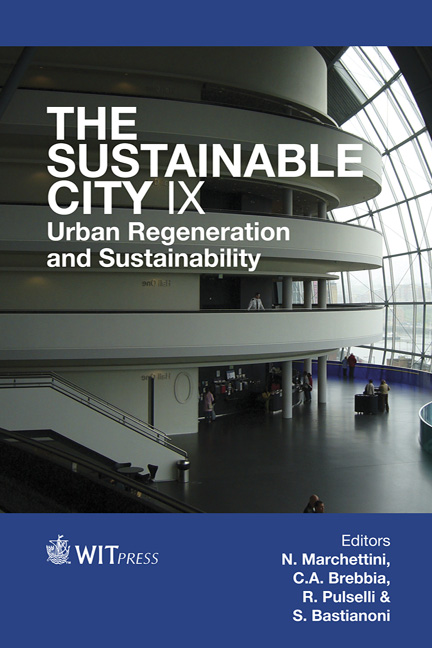Population Growth And Infrastructure Development In Melbourne
Price
Free (open access)
Transaction
Volume
191
Pages
12
Page Range
509 - 520
Published
2014
Size
858 kb
Paper DOI
10.2495/SC140431
Copyright
WIT Press
Author(s)
J. Craven, E. Horan, R. Goulding
Abstract
Melbourne’s growth predictions coincide with a global shift in rural and urban populations, expecting a population increase from 4.3 to 6 million people within the next 30 years. This imminent increase places Melbourne in the category of an emerging megacity, which are front-runners in terms of economic growth, urban-development, industrial transformation, lifestyle changes and policy implementation. A common characteristic of an emerging megacity is the deliverance of infrastructure at a slower rate than the growth experienced, and so, cities such as Melbourne face severe societal issues in the near future if proactive planning management does not occur. Transport infrastructure is seen as the biggest infrastructure challenge, being a crucial aspect of employment opportunities, accessibility and ease of lifestyles. Failures in this area therefore have the ability to negatively affect the economy and functionality of a city, the environment and also alienate suburban areas. The potential for urban transport infrastructure projects such as metro, regional rail and tram, to provide a catalyst for the development and redevelopment of urban areas in European cities is examined in this paper. In addition, the successes of a rail transit development in a low density city in Perth Australia is discussed. The paper suggests that there are important lessons to be learnt from the European examples and particularly the Perth Southern railway in designing urban rail systems for making travel in dispersed cities such as Melbourne more sustainable.
Keywords
infrastructure development, population growth, sustainability, urbanisation, transit-orientated design





